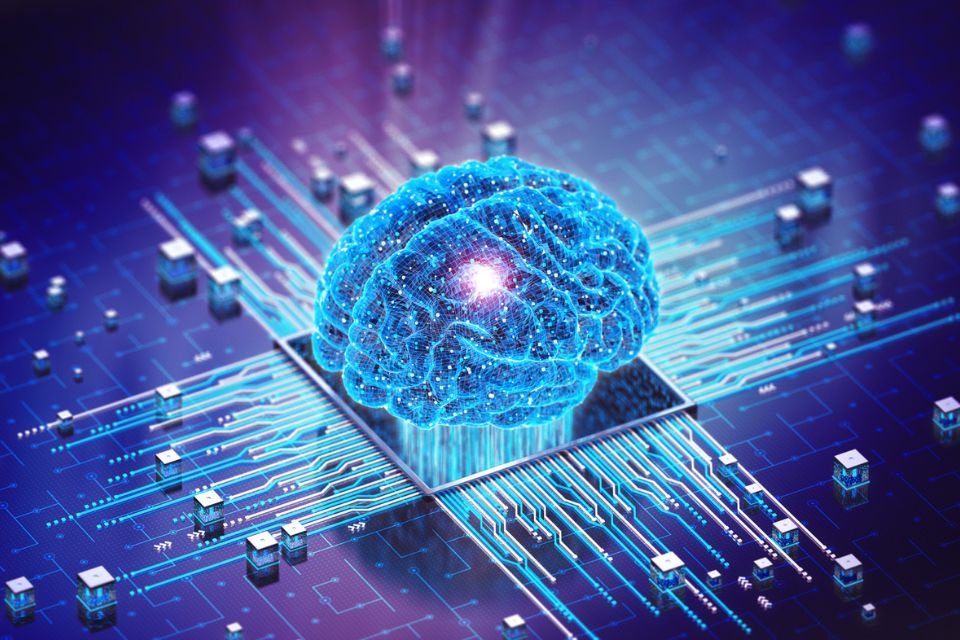By Júlio Martins.
In an increasingly technology-driven world, Generative Artificial Intelligence (GI) has inspired innovation that is shaping and redefining how we interact with information. But a storm is brewing on IAG’s horizon, at least in the centralized form we know it today, declaring that its glory days may be numbered.
The essence of this challenge lies not in IAG’s innate capabilities, but rather in the market’s urgent need for immediate answers and the relentless pursuit of efficiency. In the context of this technological revolution, Edge Computing emerges as a fundamental partIt has the capacity to transform the IAG landscape, bringing not only processing speed but also a radical transformation in the way AI is managed and essentially applied to business.
Generative artificial intelligence: a journey beyond imagination
Before diving into the intricacies of Edge Computing, it is imperative that we understand what is at stake. Generative AI, as the name suggests, is the driving force behind autonomous and creative content creation.
While traditional AI focuses on specific tasks and problem solving based on historical data, IAG goes further and embarks on a journey to produce autonomous and creative content. The difference between following existing patterns and creating new paradigms adds a dimension of originality to the capabilities of artificial intelligence.
The difference between AI and IAG lies in the breadth and nature of their applications. While AI covers a wide range of functions, from pattern recognition to machine learning, IAG specializes in autonomously generating new data and overcoming the limitations of simply copying past patterns. It is this step towards creativity and originality that differentiates IAG by opening the doors to innovative and unpredictable solutions.
Edge Computing: revolutionizing the edges of the network
The answer to IAG’s desire for speed lies not at the heart of its massive processing power, but at the fringes, at the margins of the digital ecosystem. Edge Computing represents a new era, as I have discussed in previous articles. Processing occurs locally, close to devices and sensors, eliminating dependence on remote data centers.
This subtle change in computing architecture not only reduces latency, but also enables agile and responsive implementation of AI, meeting increasing real-time demand.
With Edge Computing, complex IAG models previously limited to the cloud can be run locally, responding to instantaneous demands with unprecedented capability and speed.
Applied IAG: creative AI and Edge Computing in business
It is true that AI models are already prevalent in many markets. For example, in industry, smart cameras recognize patterns and detect differences. Machine Learning algorithms learn from collected data and they can identify patterns by predicting events before they happen.
So why all the fuss about IAG? The answer is simple: IAG adds the ability to produce “solutions” rather than just reproduce “patterns.”
Let’s imagine a physical retail context where a fashion store chain applies Generative Artificial Intelligence (IAG) to provide customers with a personalized and unique shopping experience in real time.
Facial recognition systems and sensors in stores identify customers as they enter. Data on past shopping preferences, online browsing history, and demographic information is quickly collected and processed using Edge Computing.
An IAG model trained to understand the latest fashion trends, individual styles and customer preferences instantly generates product recommendations based on the data collected. IAG not only takes into account past purchases, but also includes currently trending fashion elements.
Personalized suggestions are offered to customers on interactive screens placed at strategic points in the store. IAG creates personalized ads and adjusts recommendations in real time as customers interact with products, providing instant feedback on their preferences.
The store can deliver personalized offers and discounts in real time based on customer interactions and IAG recommendations. This creates a more attractive shopping environment and encourages experimentation with IAG recommended products.
The IAG app not only personalizes the shopping experience, it creates a unique journey for each customer. By tailoring recommendations and offers, creating real-time content, the store delivers a tailored and engaging experience that goes beyond traditional expectations.
Designing tomorrow: what is the future of technology?
As IAG witnesses the twilight of an era, Edge Computing emerges as the unlikely hero of the technology narrative. The symbiosis between these two forces is triggering a revolution in the practical application of artificial intelligence in business. The future foresees a period where creativity meets instantaneousness and innovation does not wait, it happens in the moment.
As we bid farewell to old paradigms, we welcome an era where AI is not only productive but also instantaneous, redefining what is possible and also ‘how’ the possible is achieved.
Tomorrow is designed around the convergence between Generative AI and Edge Computing, a combination of creativity and speed that will shape the future and forever change the models we know today.
****
Júlio Martins is the Director of Innovation at Roost, a technology company specializing in Edge Computing solutions.
Source: Tec Mundo
I am a passionate and hardworking journalist with an eye for detail. I specialize in the field of news reporting, and have been writing for Gadget Onus, a renowned online news site, since 2019. As the author of their Hot News section, I’m proud to be at the forefront of today’s headlines and current affairs.










